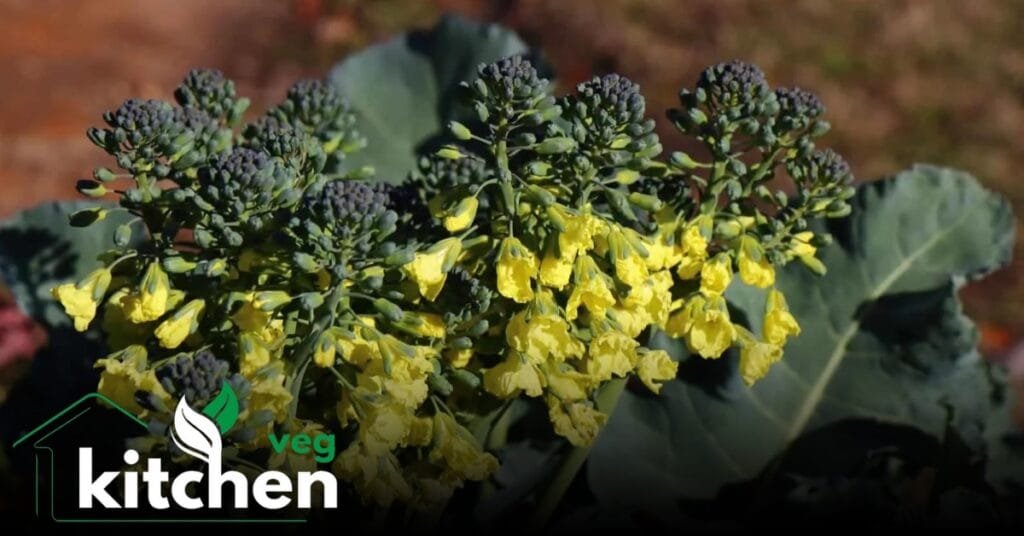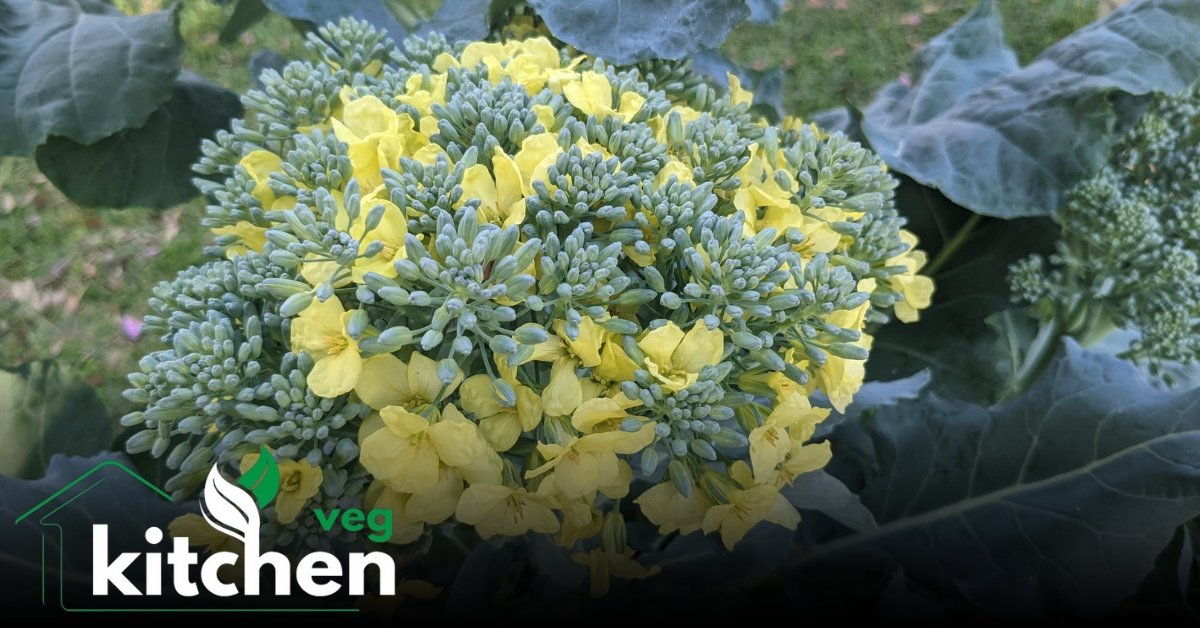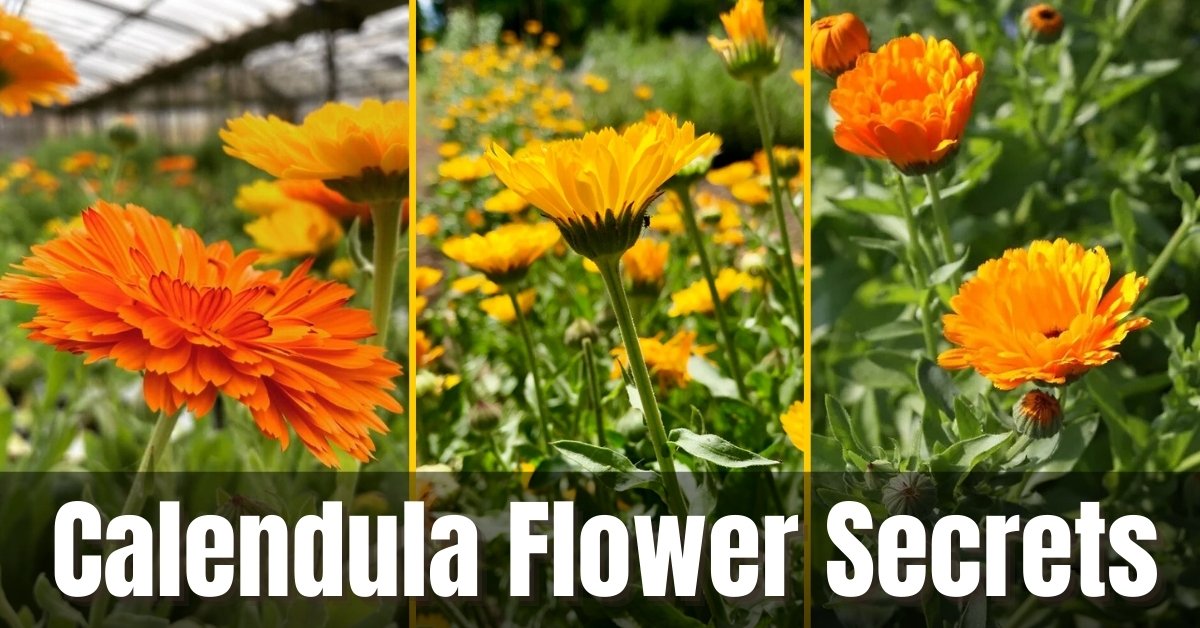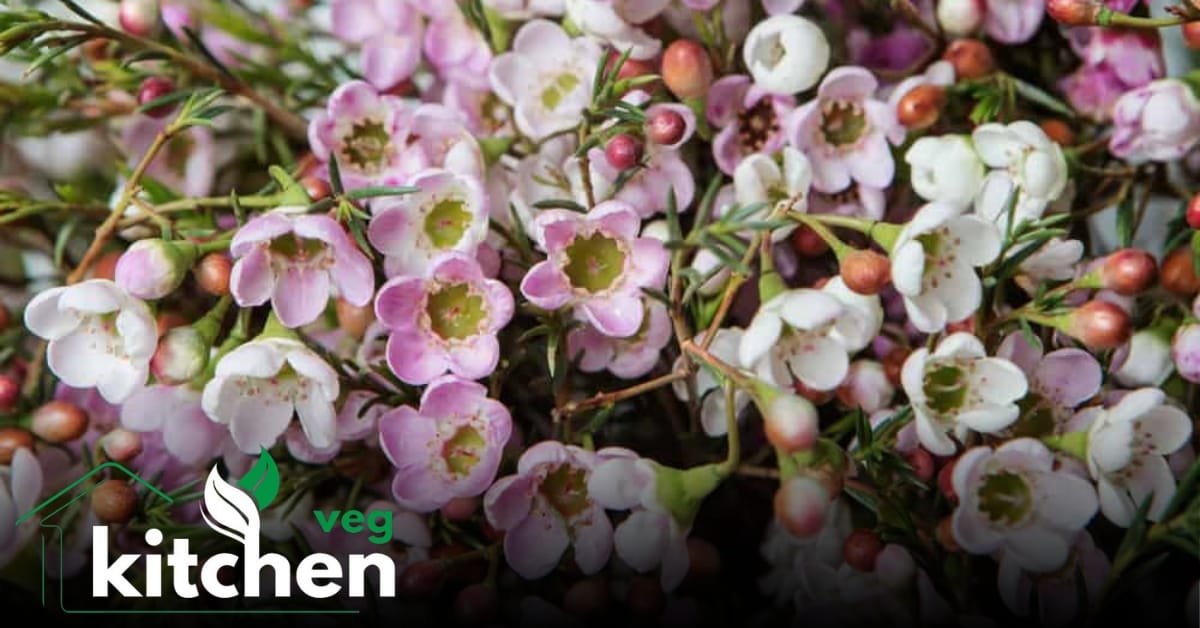Introduction
The scientific name for the broccoli flower is Brassica oleracea var. italica, whose origins are in the Mediterranean region. It has grown for over 2,000 years, and there is proof that the Romans ate it. The Italian word “broccolo,” which means “the flowering crest of a cabbage,” is where the term “broccoli” originates.
Varieties of Broccoli
Broccoli comes in various forms, such as Purple Cauliflower, Sprouting, and Calabrese. Although each variety is unique, they are all united by the ability to produce edible flower heads.
Understanding Broccoli Flowering
The Flowering Stage
A vital phase of the broccoli life cycle is the flowering stage. It starts once the leaves have fully grown on the plant and lasts until flowers and seeds are produced. During this stage, the plant concentrates its energy on growing flower buds, which are the parts humans usually eat.
Factors Influencing Flowering
Broccoli flowering is dependent on several elements, including soil conditions, light levels, and temperature. Farmers and gardeners can improve their farming techniques by being aware of these factors.
Growing Conditions for Optimal Flowering
Soil Requirements
Broccoli flowers thrive in rich, well-drained soil with a pH of 6.0 to 7.0. Adding organic matter to the soil can enhance its fertility and structure, allowing healthy plants to grow and bloom.
Temperature and Climate
The optimal temperature range for broccoli is between 65°F and 75°F (18°C and 24°C). While frost can harm the budding buds, extreme heat can cause the plant to bolt or blossom before its time.
Watering and Irrigation
Broccoli requires steady hydration, particularly throughout the flowering stage. Soaker hoses or drip irrigation are advised instead of overhead watering, as this can encourage fungal illnesses.
The Anatomy of Broccoli Flowers
Structure of the Flower Head
The edible portion of broccoli consists of a group of fresh flowers. These green buds are closely spaced and have the potential to open into tiny yellow flowers when they reach maturity.

The Role of Leaves and Stems
Broccoli flowers require leaves and stems. They carry water and nutrients to the budding buds and collect sunlight for photosynthesis.
Pollination and Seed Production
Pollination Mechanisms
As broccoli flowers are usually self-incompatible, they must be cross-pollinated by another plant to yield seeds. Typically, insects like bees aid in this process.
Seed Harvesting
Broccoli flowers that have been pollinated produce seed pods. When these pods dry up and turn brown, they are ready to be harvested. You can store the seeds within for later planting.
Nutritional Benefits of Broccoli
Vitamins and Minerals
Broccoli is a nutritious powerhouse high in fibre, potassium, folate, and vitamins C, K, and A. Numerous phytochemicals and antioxidants are also present.
Health Benefits
Eating broccoli has many health advantages, such as improved immune system performance, better digestion, and a lower chance of developing chronic illnesses like cancer and heart disease.
Culinary Uses of Broccoli
Cooking Methods
Multiple methods are available to prepare broccoli flowers, such as steaming, roasting, sautéing, or serving it raw in salads. Each technique has a distinct taste and texture.
Popular Recipes
Broccoli flower is a versatile vegetable loved in kitchens worldwide, from traditional meals like broccoli cheddar soup to creative recipes like broccoli rice.
Common Pests and Diseases
Identifying Pests
Aphids, cabbage worms, and flea beetles are among the pests that frequently harm broccoli. These pests’ damage to the leaves and buds may hamper the plant’s capacity to flower.
Disease Management
Diseases like clubroot, downy mildew, and black rot can also affect broccoli flowers. Appropriate crop rotation and sanitation procedures can manage these problems.
Harvesting and Post-Harvest Handling
When to Harvest
It is best to harvest broccoli just before the buds open but before the flower heads are completely formed. The heads should be strong and dark green.
Storage Tips
Proper storage is essential for preserving broccoli’s freshness. Blanching it will prolong its shelf life for freezing, and it may be kept in the fridge for up to a week.
The Role of Broccoli in Sustainable Agriculture
Crop Rotation and Soil Health
Broccoli flowers are a great crop to rotate in because they break the cycle of pests and diseases. Additionally, it improves the health of the soil by adding organic matter.
Environmental Impact
Key components of sustainable broccoli cultivation are optimizing resource utilization and reducing chemical inputs. Techniques like organic farming and integrated pest control (IPM) can decrease the environmental footprint.
Future Prospects and Innovations
Breeding and Genetic Research
Breeding and genetic research contributions aim to improve broccoli cultivars with higher nutritional value, resistance to disease, and climate adaptability.

Innovative Farming Techniques
Thanks to innovations like hydroponics, vertical farming, and controlled-environment agriculture, there are now more effective and environmentally friendly ways to grow broccoli.
Conclusion
Broccoli flower is a remarkable plant with a distinct flowering process and great agricultural and culinary significance. It is more than just a healthy vegetable. We can better appreciate the benefits of broccoli for our diets and ecosystems if we are aware of the subtleties involved in its flowering and cultivation. There’s something for everyone regarding broccoli, regardless of your interests: gardening, farming, cooking, or health.




[…] a perennial herb in the Allium family known for their flat, grass-like leaves and white star-shaped flowers. Unlike regular chives (Allium schoenoprasum), which have a mild onion flavor, garlic chives have a […]